Apple's budget iPhone strategy is about to get a serious shake-up. Fresh leak intel suggests the iPhone 17 series will bring more significant upgrades than we've seen in years, while the recently launched iPhone 16e already signals Apple's new approach to affordable phones. The entry-level iPhone just jumped from $429 to $599, but here's the kicker: you're getting flagship-level AI smarts and pro-tier performance in return.
What you need to know: • iPhone 16e launched at $599 with A18 chip and Apple Intelligence — a 40% price jump from the old SE • iPhone 17 Air will be just 6mm thick, making it thinner than the legendary iPhone 6 • All iPhone 17 models get 24MP front cameras and 120Hz displays across the lineup • Prices could climb another $50 for the iPhone 17 series due to tariffs and premium features
Think of it as Apple's answer to every budget phone buyer who's ever wished for premium features without the Pro Max price tag — except now "budget" starts at $600, and cutting-edge design costs even more.
The iPhone 16e rewrites the budget playbook
Let's break down what just hit the market. The iPhone 16e launched at $599 with Apple's own C1 modem — marking the first step away from Qualcomm dependency. This isn't just spec bumping; it's Apple testing whether the budget market can sustain premium pricing for AI features that actually matter.
You're getting the same A18 chip that powers the iPhone 16 paired with 8GB of RAM for full Apple Intelligence support. The beauty is in the balance: Face ID replaces Touch ID, you get a 6.1-inch OLED display, and battery life jumps to 26 hours of video playbook. During our testing with similar A18-powered devices, the performance difference over previous budget iPhones is immediately noticeable — apps launch faster, multitasking feels seamless, and AI features like Visual Intelligence actually work reliably.
The trade-offs become clearer with daily use: no MagSafe charging means you're back to cables only, and the single rear camera limits photography flexibility compared to flagship models. But for users prioritizing core performance and AI capabilities over accessory ecosystem, this represents Apple's most compelling budget offering ever.
PRO TIP: If you're not urgently shopping for a new phone, waiting until September for the iPhone 16 might be your best bet — it'll likely drop to $699 when the iPhone 17 arrives.
iPhone 17 Air: Apple's thinnest phone ever approaches
Here's where Apple's engineering ambitions get serious. The iPhone 17 Air will measure just 6mm thick — making it thinner than even the legendary iPhone 6. With a 6.6-inch display and single 48MP camera, this ultra-slim model replaces the Plus series entirely.
What "form over function" means practically: Analyst Ming-Chi Kuo warns it'll prioritize that ultra-slim design over camera versatility and battery capacity. The single camera eliminates optical zoom and ultra-wide capabilities, while the compact chassis forces compromises in thermal management and component layout.
The engineering challenge becomes apparent in the battery specs: capacity drops to 2,800mAh — that's 20% less than the iPhone 16's 3,561mAh pack. Still, Apple claims battery life will be "on par with current iPhones" through improved chip efficiency and display technology, though expect to carry a charger for heavy usage days.
This represents Apple's boldest design statement since the iPhone X — betting that users will choose radical portability over maximum functionality.
The Pro models are getting serious camera upgrades
The camera evolution story gets compelling with the Pro lineup. All iPhone 17 models will feature 24MP front cameras — double the current 12MP resolution. But the Pro and Pro Max models push further with 48MP periscope telephoto lenses for dramatically improved optical zoom performance.
This builds toward Apple's broader mobile photography revolution. The jump from 12MP to 24MP selfie cameras enables new computational photography techniques — better Portrait mode processing, improved low-light performance, and more detailed crop flexibility for social media optimization. Combined with the enhanced telephoto capabilities, we're looking at the most significant camera upgrade cycle since the iPhone 11 Pro introduced the triple-camera system.
The processing power to handle this comes from expanded memory: The iPhone 17 Pro Max will get 12GB of RAM — the most ever in an iPhone — plus an exclusive cooling system combining vapor chamber technology with graphite sheets. Translation: more headroom for those edge AI applications like real-time video analysis and advanced computational photography that Apple keeps hinting at.
September pricing reality: premium features demand premium costs
Let's be blunt: the pricing news isn't consumer-friendly. Jefferies analyst Edison Lee suggests the iPhone 17 Air, Pro, and Pro Max could see $50 price bumps. That establishes a new pricing hierarchy: $829 for the base iPhone 17, $979 for the Air, $1,049 for the Pro, and $1,249 for the Pro Max.
The cost pressures extend beyond component upgrades. Apple already expects $1.1 billion in additional expenses from potential tariff impacts, and we might see bigger increases depending on trade policy developments. But the value proposition justifies the premium for many users: 120Hz ProMotion displays across the entire lineup, Apple's own 5G modems reducing dependency on Qualcomm, and AI-powered photography that could make your current phone feel ancient.
This pricing strategy reflects Apple's broader market positioning evolution — moving away from budget accessibility toward premium feature democratization across higher price tiers.
What this means for your next upgrade
The iPhone 16e represents Apple's crucial experiment: testing whether budget buyers will pay 40% more for AI features and modern design. Early market response will determine if the sub-$500 iPhone disappears forever or if Apple needs to recalibrate its entry-level strategy.
Meanwhile, the iPhone 17 series expected in September delivers the biggest redesign since the iPhone X. Beyond that impossibly thin Air model, we're getting horizontal camera bars across the Pro lineup and 120Hz displays democratized to every iPhone — features that required Pro pricing just one generation ago.
Don't Miss: If you're eyeing the budget end, the iPhone 14 at $599 might offer better value than the 16e for most people until September — it includes MagSafe and an ultra-wide camera the 16e lacks.
Your upgrade timing depends on priorities and budget flexibility. Need Apple Intelligence now? The 16e delivers flagship AI at a premium-but-reasonable price, though you'll sacrifice MagSafe and camera versatility. Want the absolute latest? September's iPhone 17 lineup will redefine what an iPhone can be — just prepare for Apple's new reality where "affordable" starts closer to $600, and cutting-edge design commands even steeper premiums.
The smartphone market's center of gravity is shifting upward, and Apple's betting that advanced AI capabilities and breakthrough design will justify the higher prices. Whether consumers agree will determine the industry's pricing trajectory for years to come.





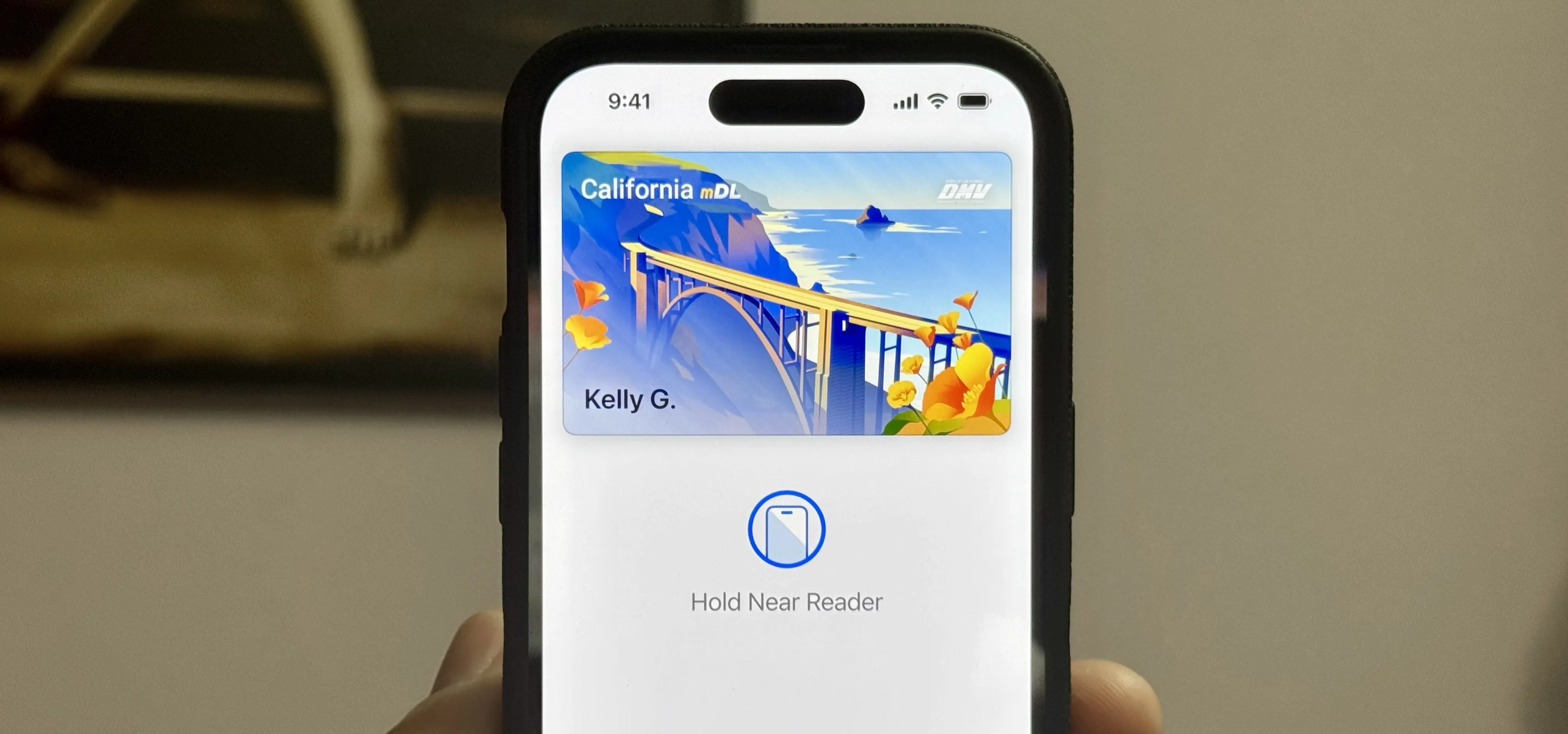
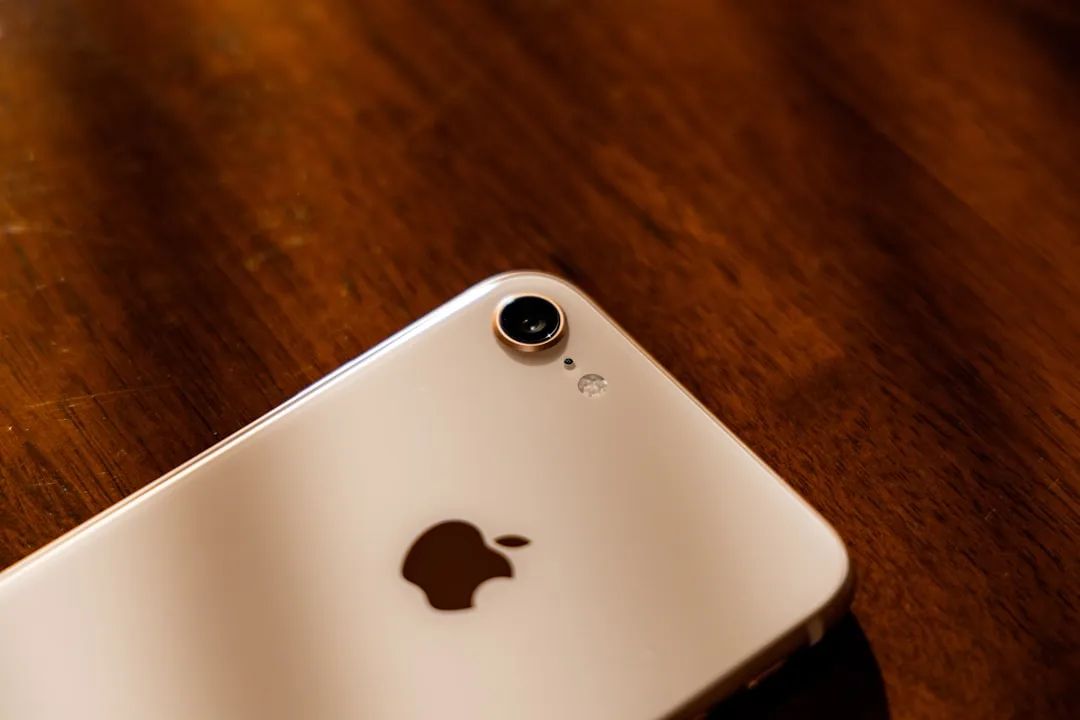
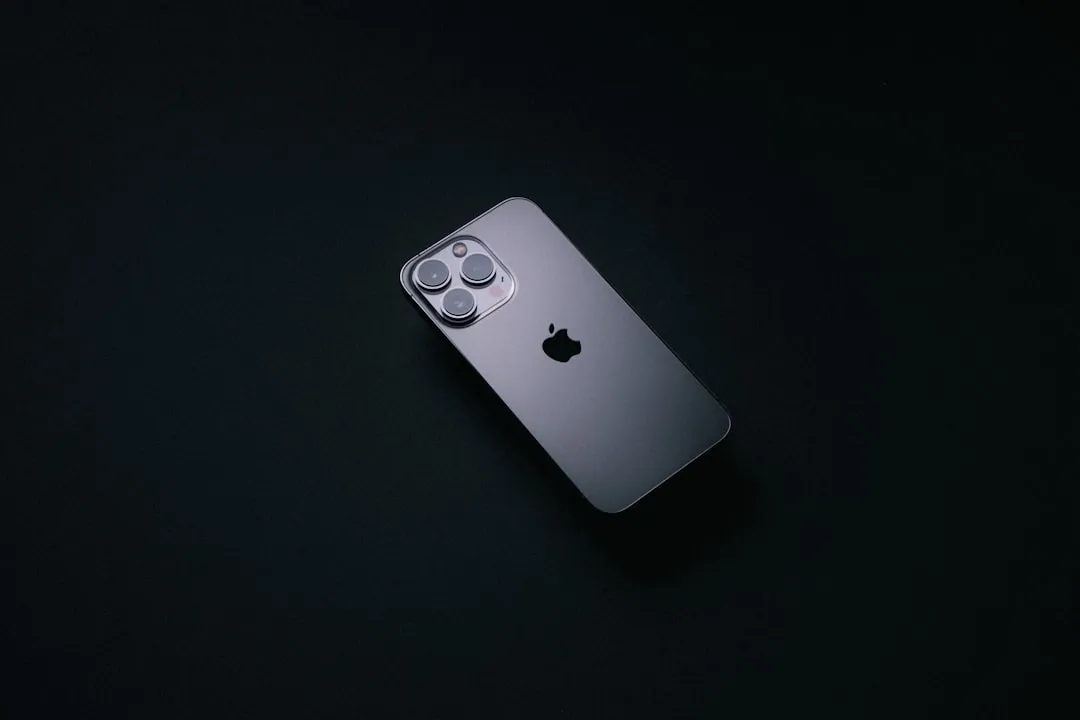
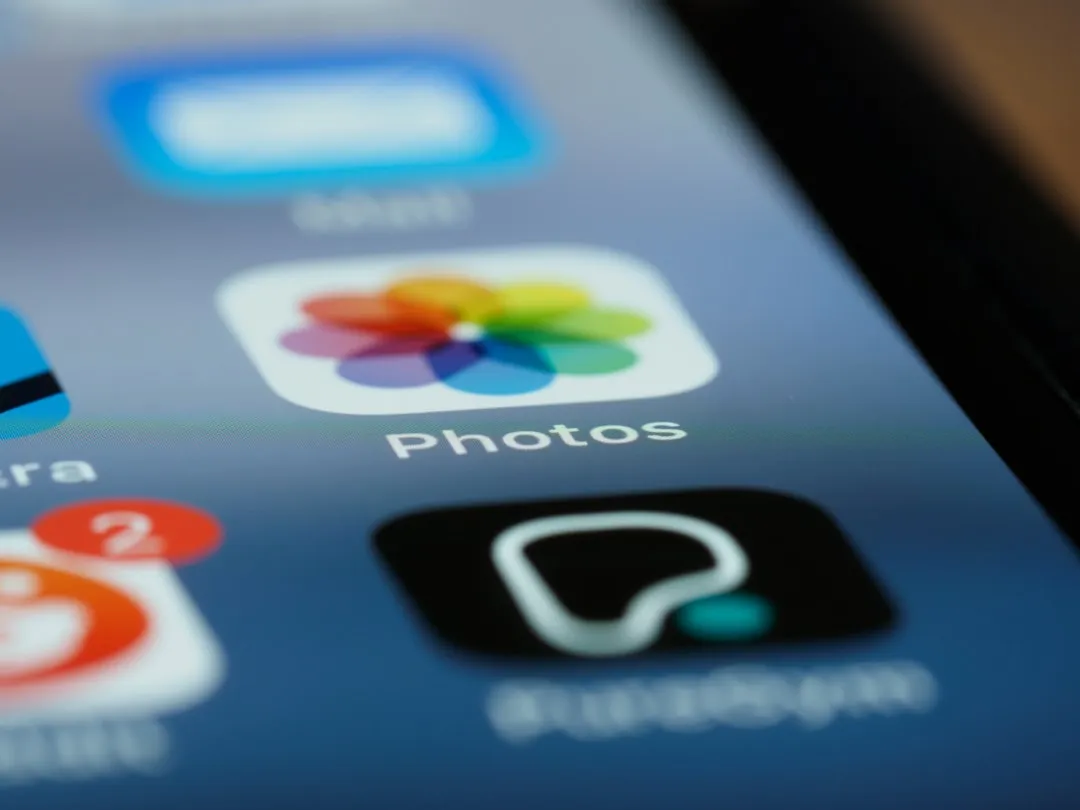
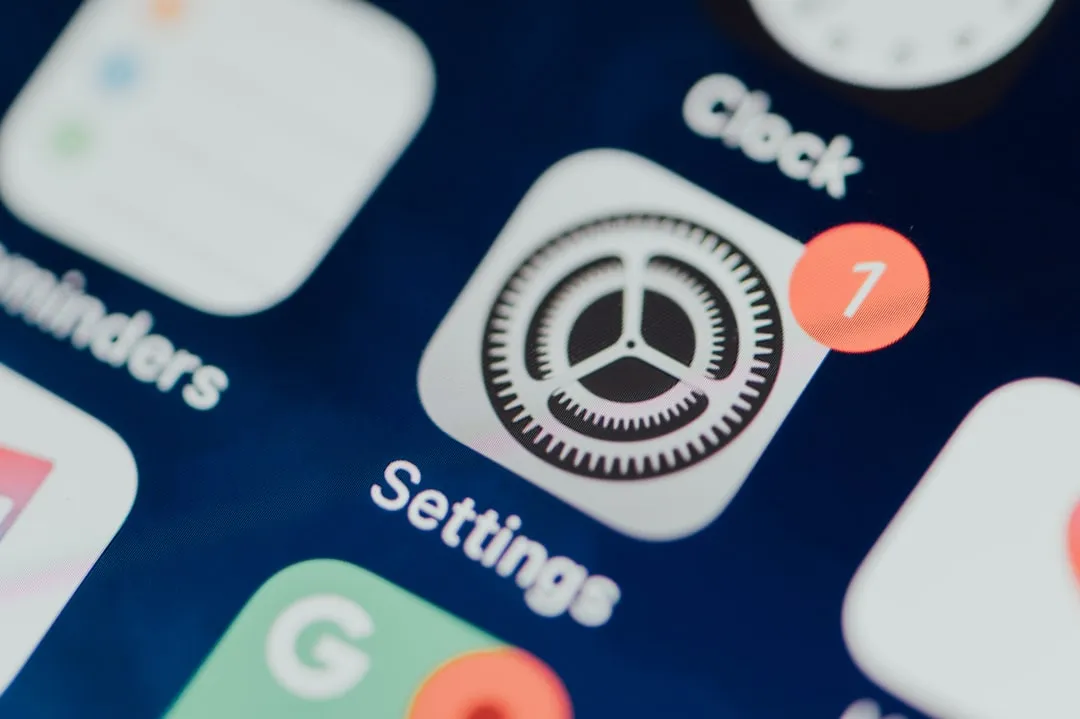
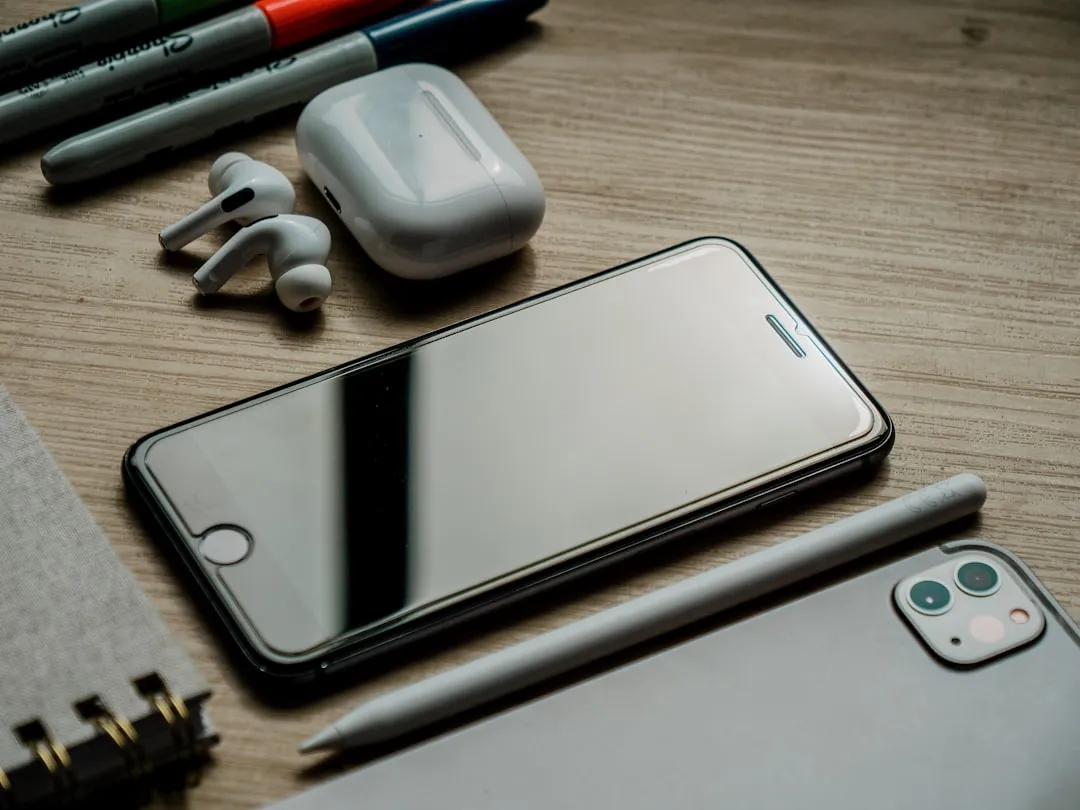

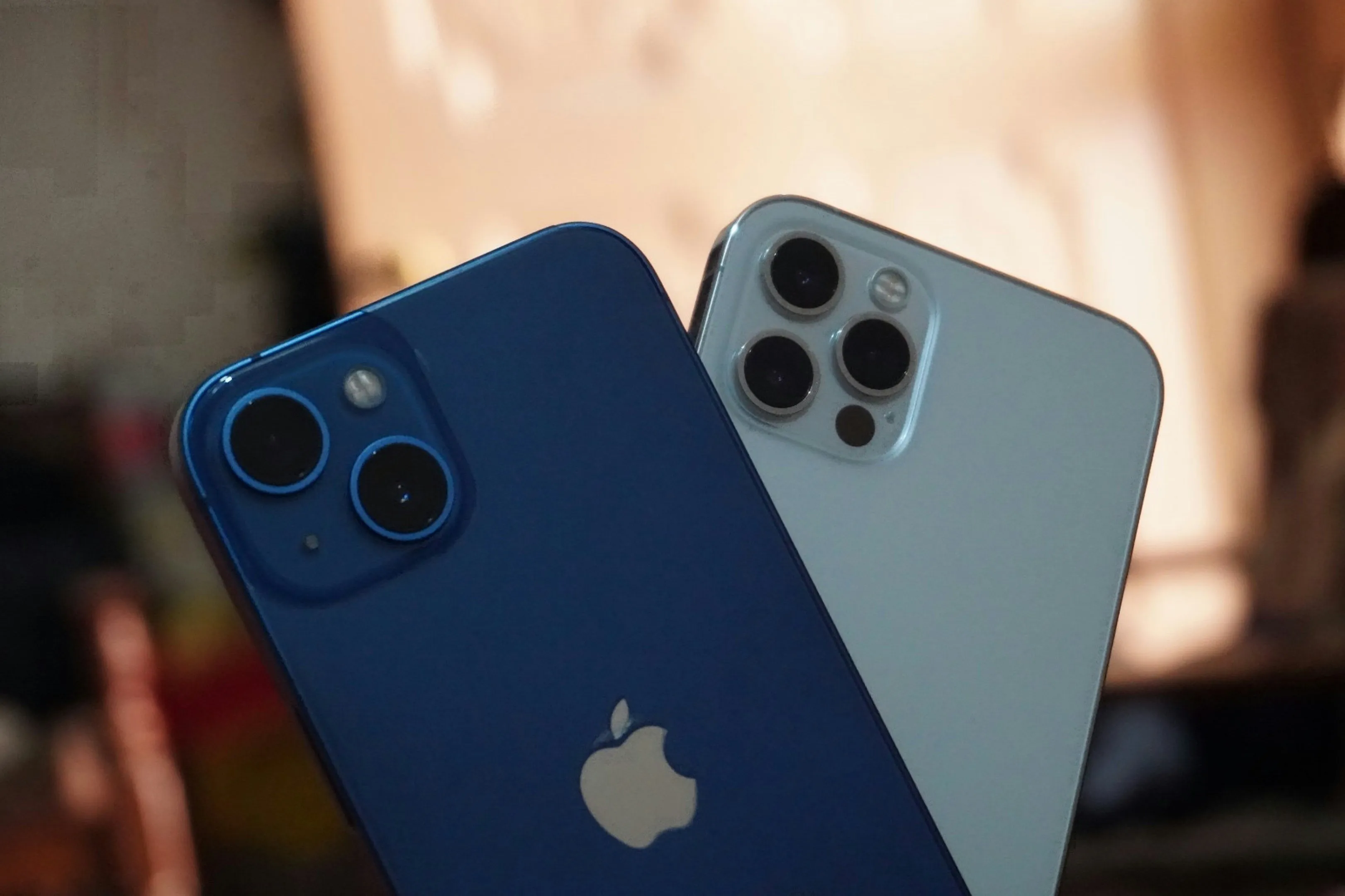

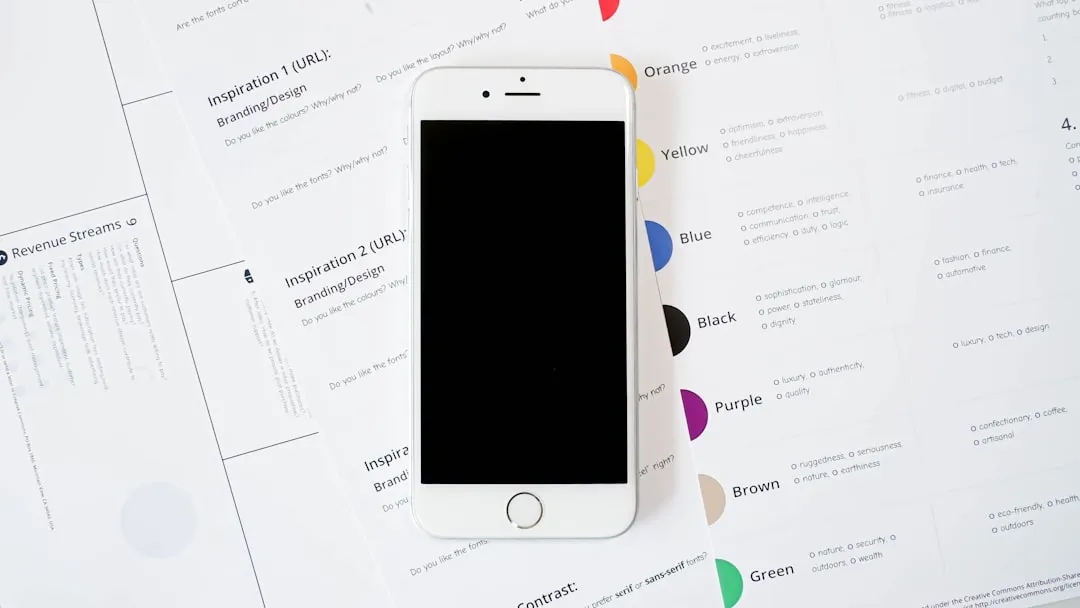
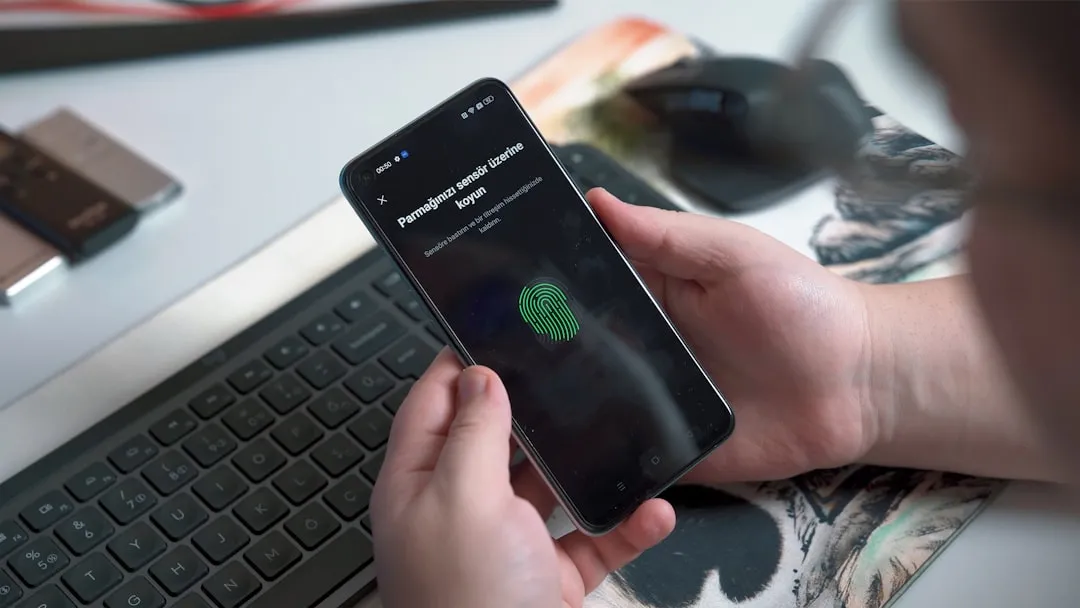
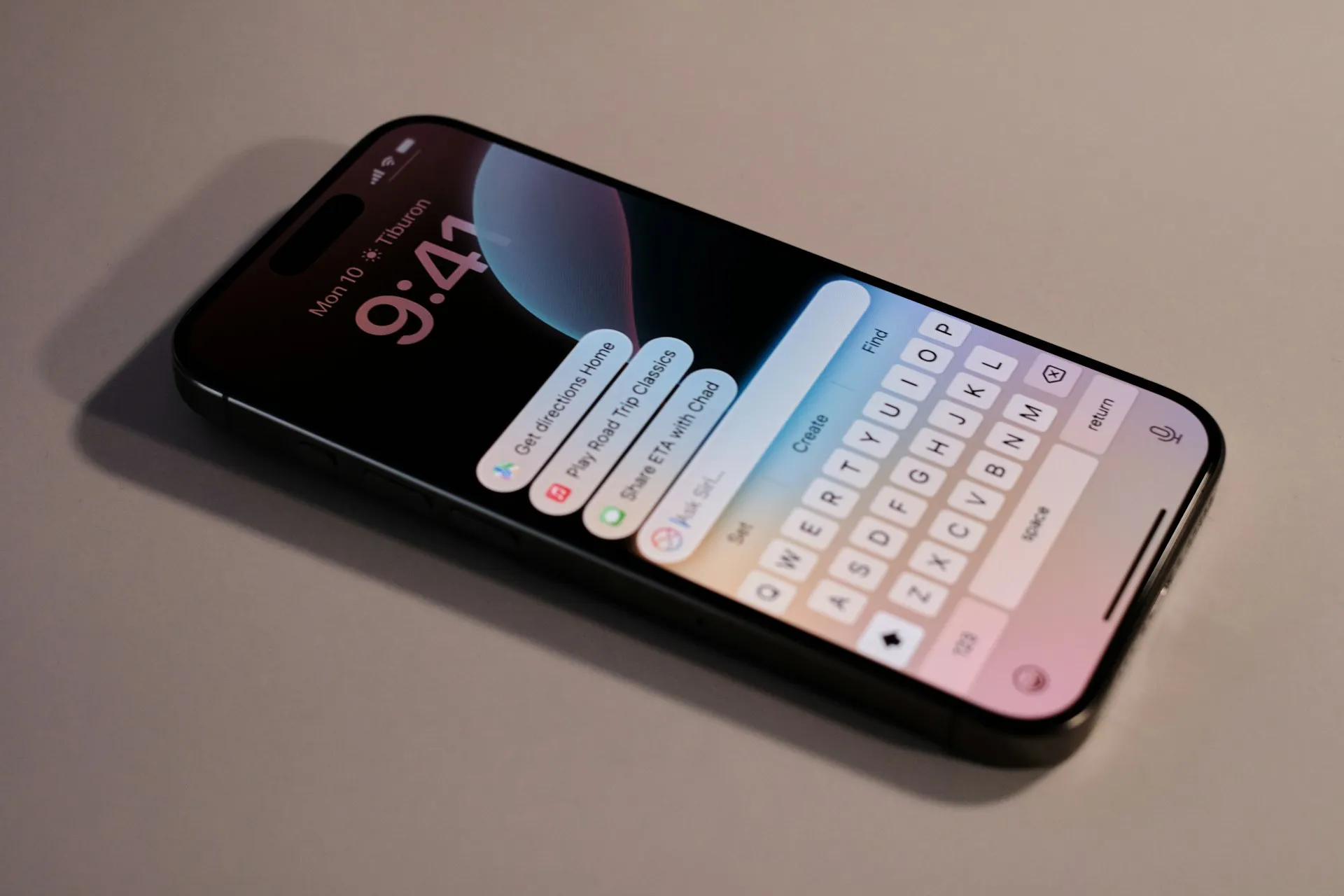

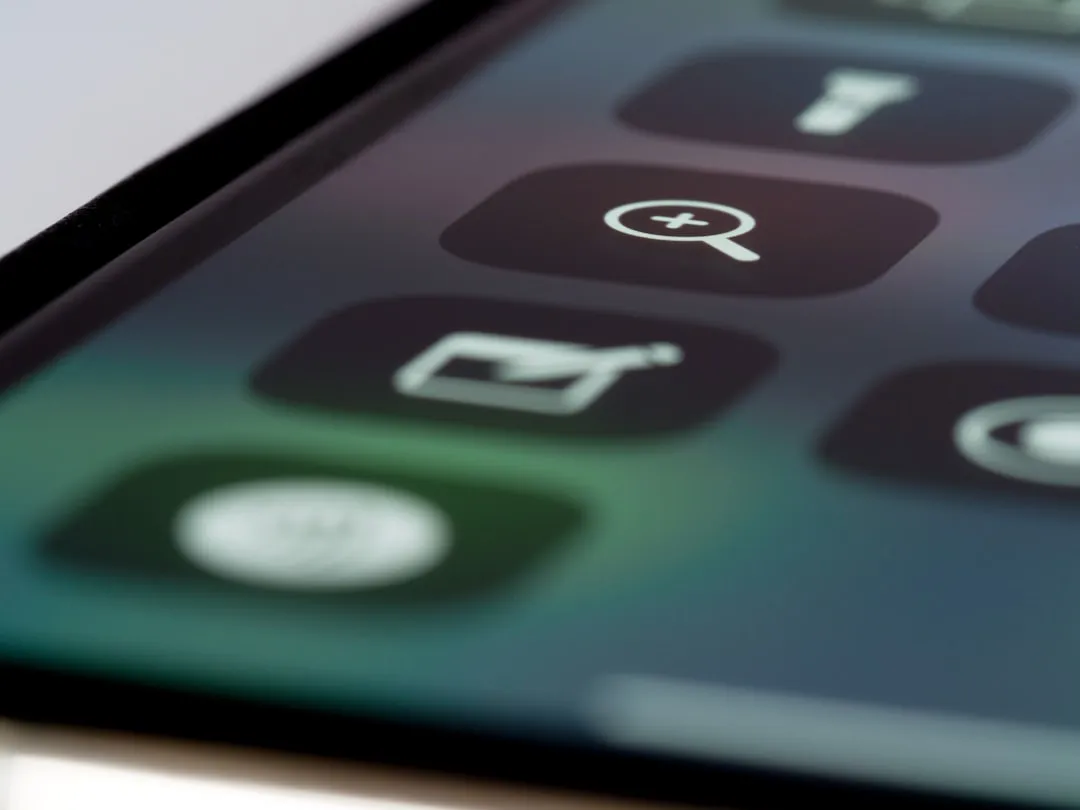
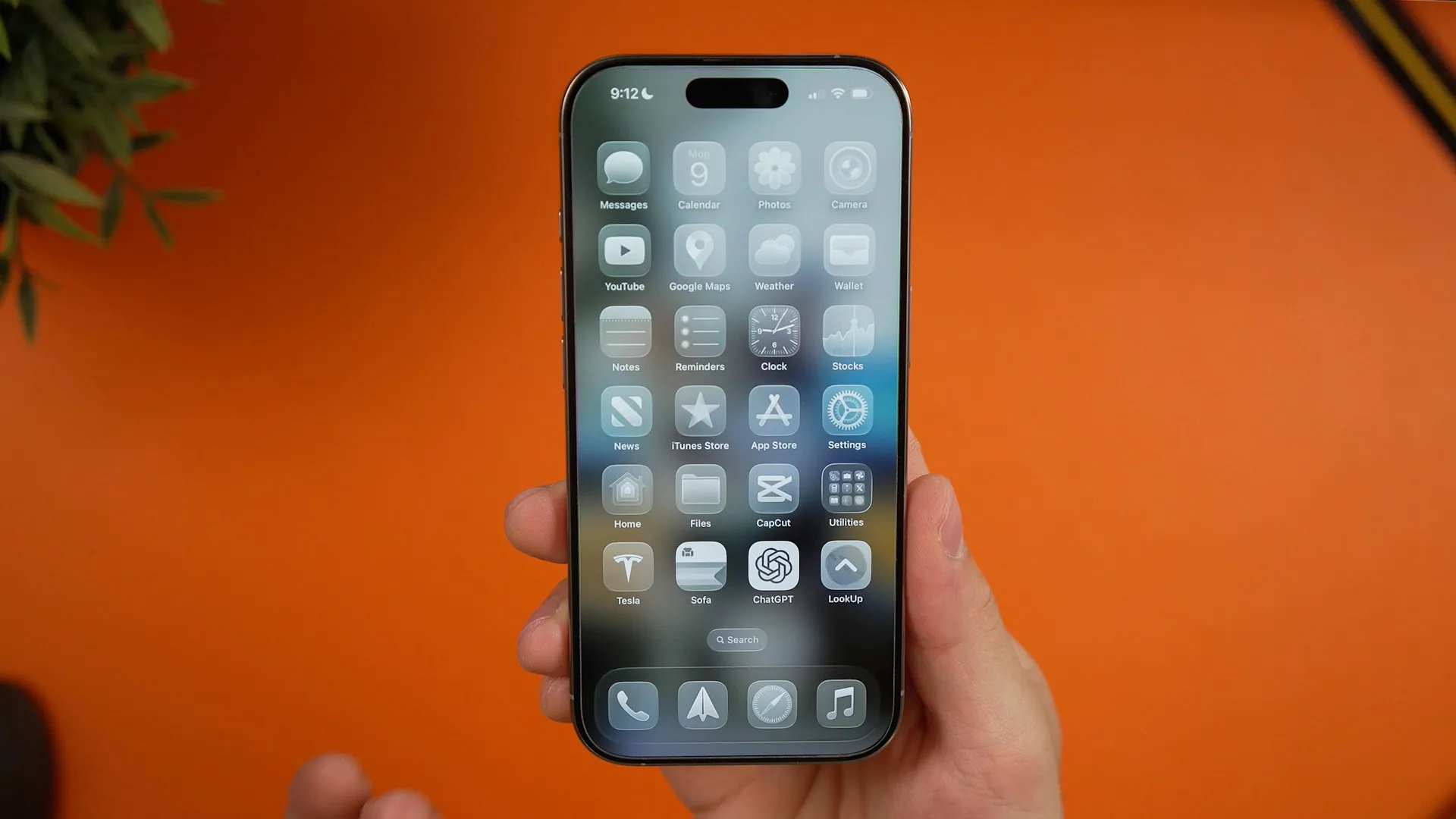
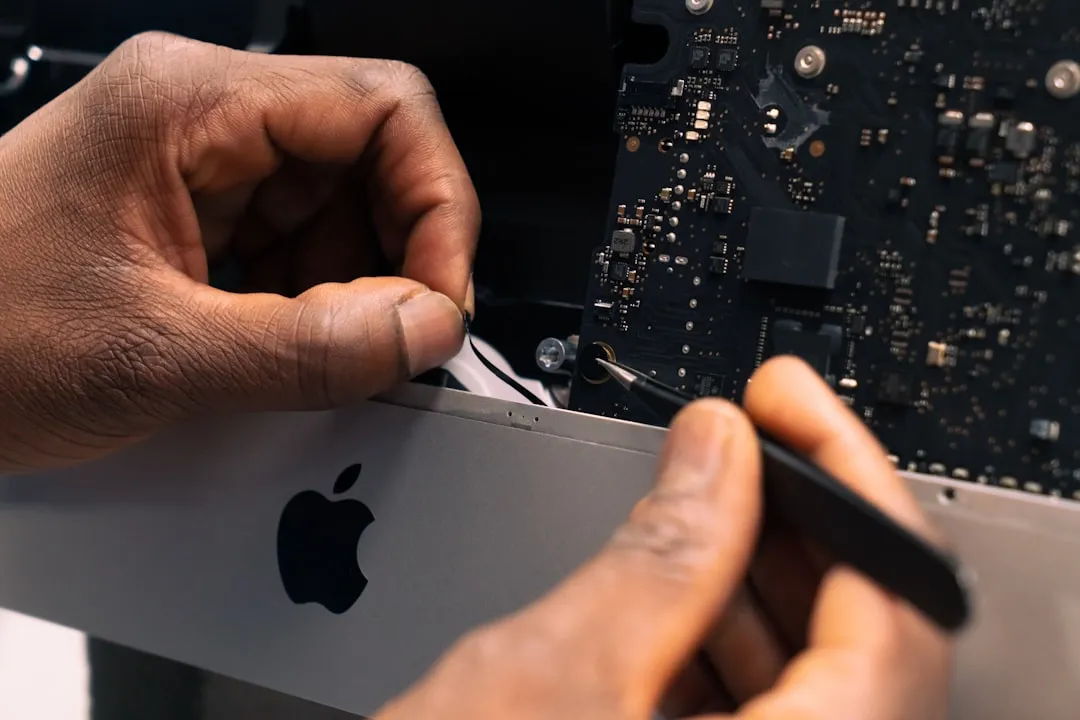
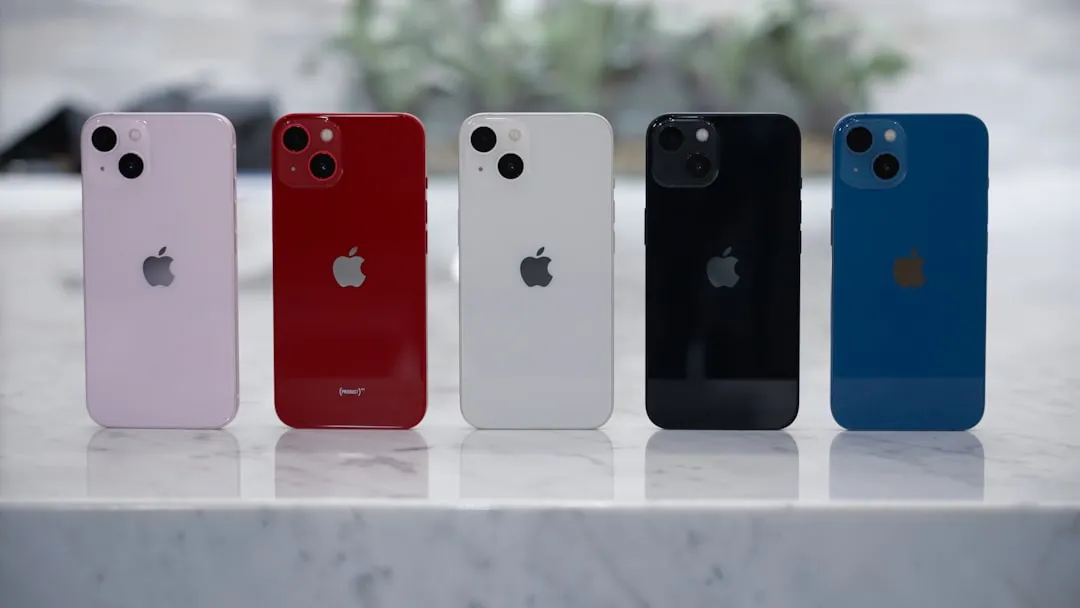
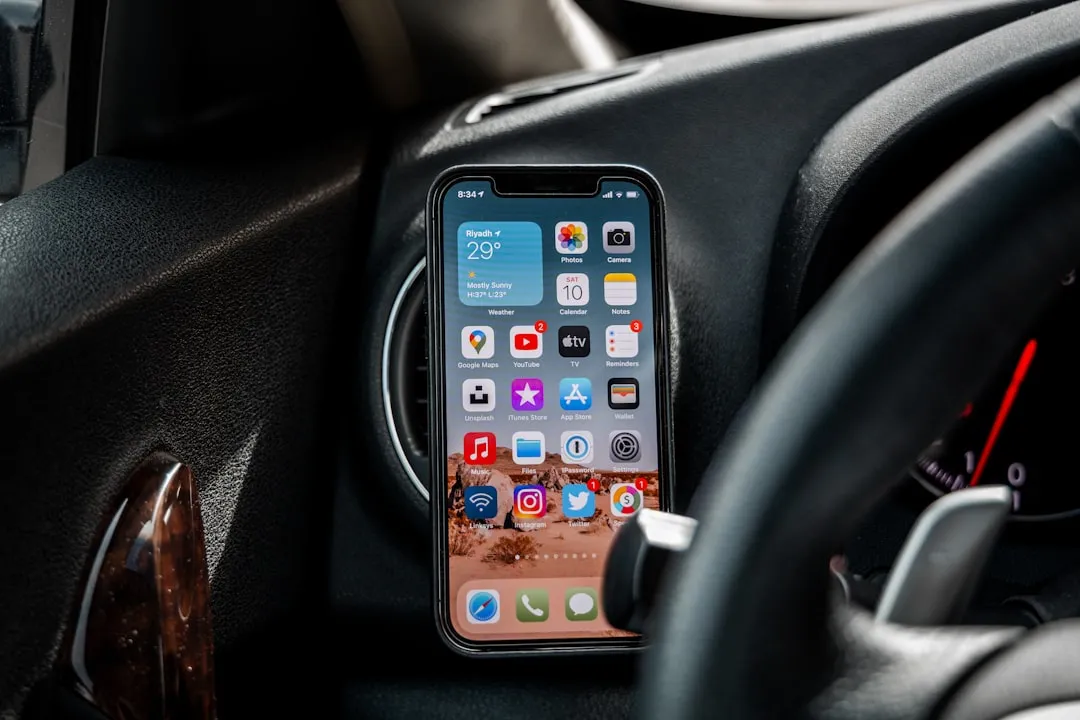


Comments
Be the first, drop a comment!